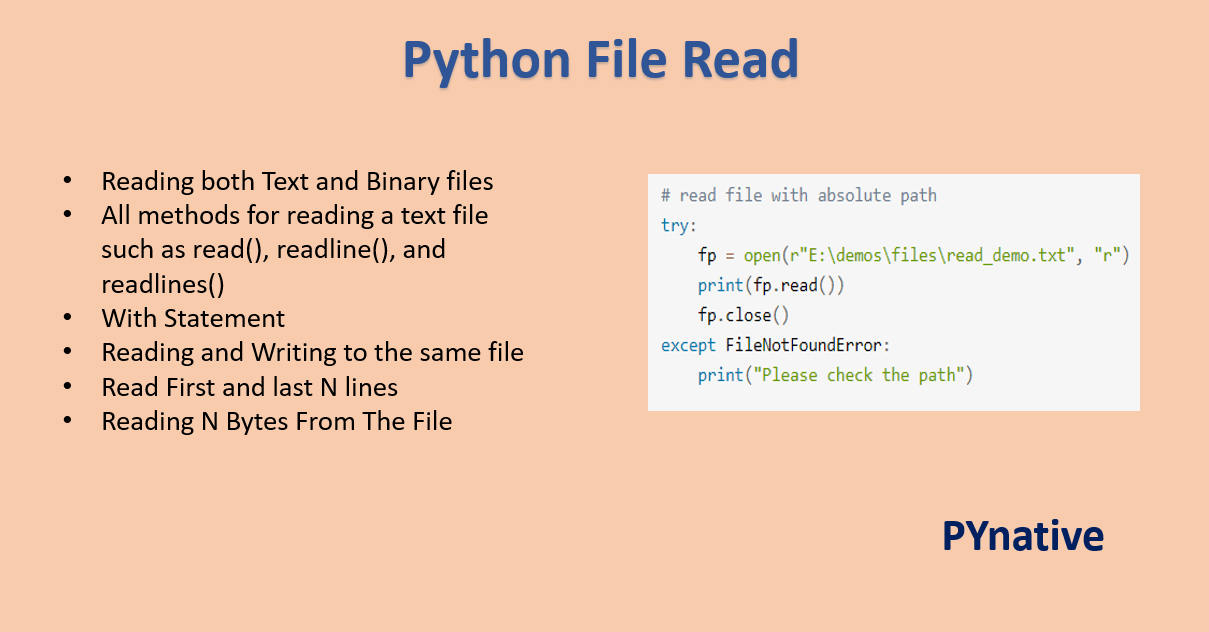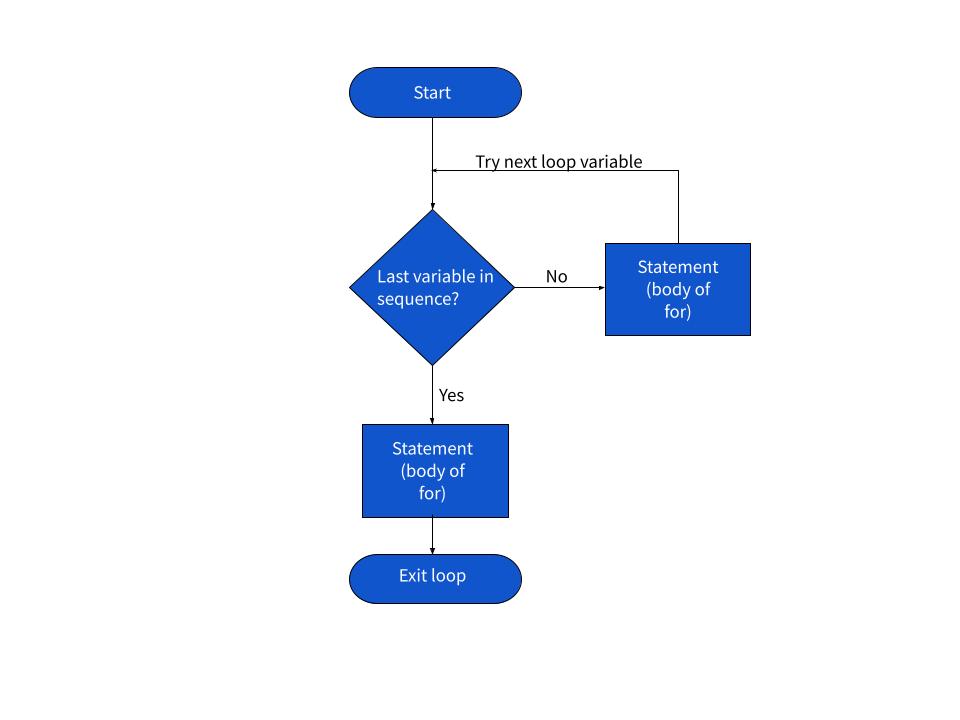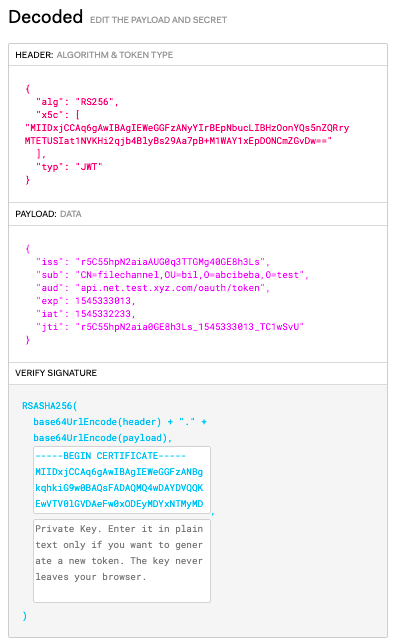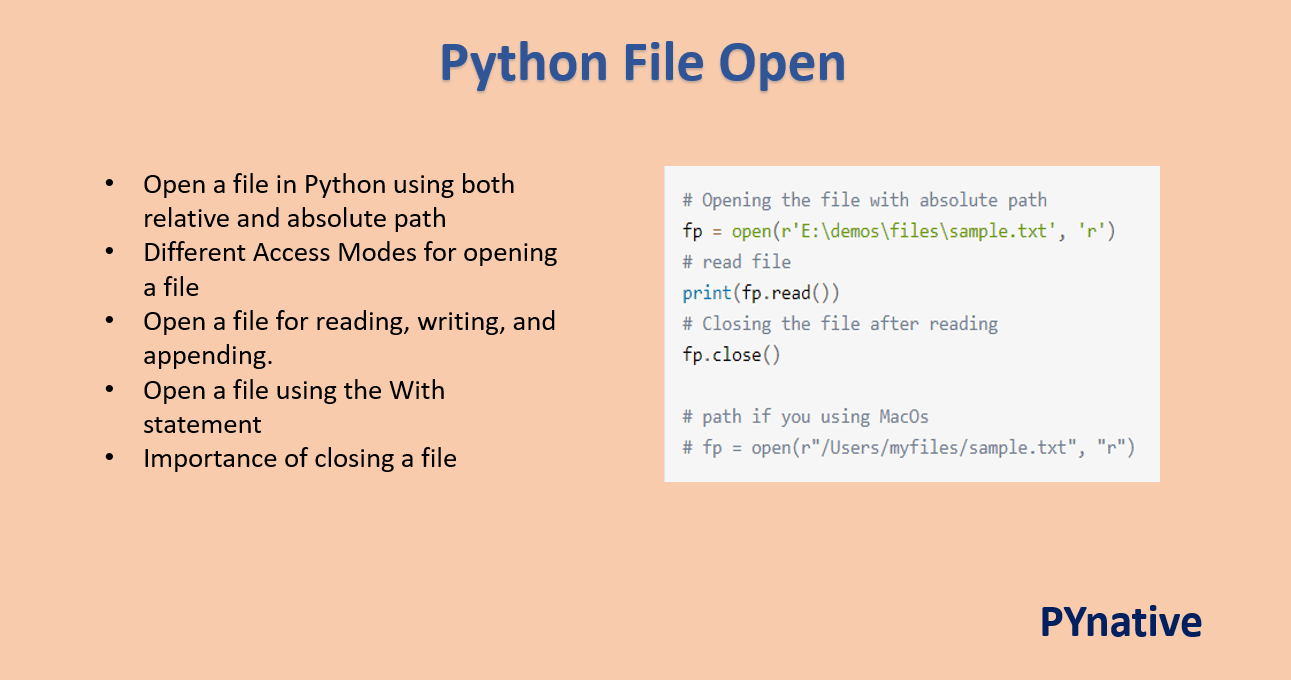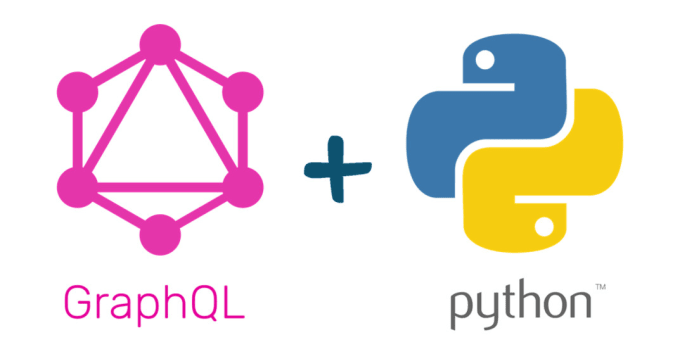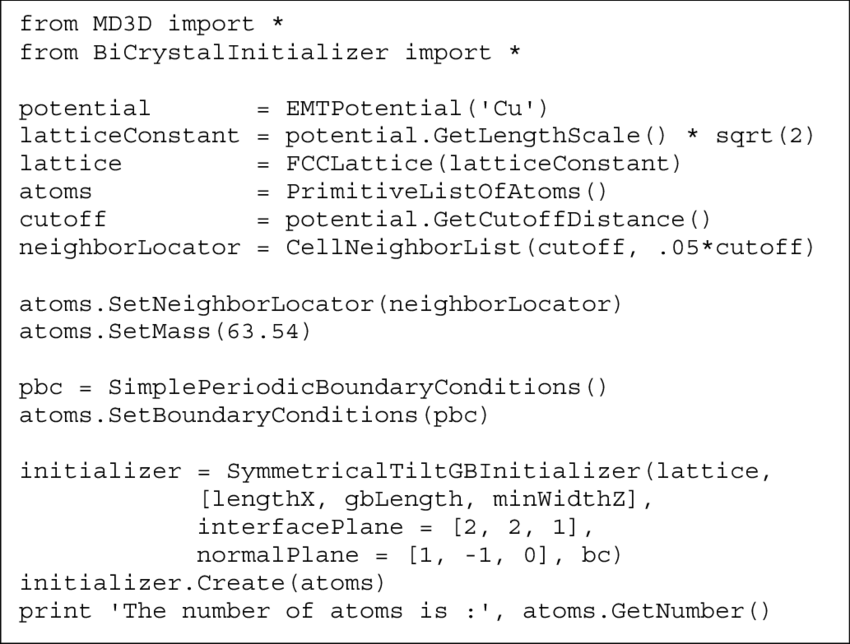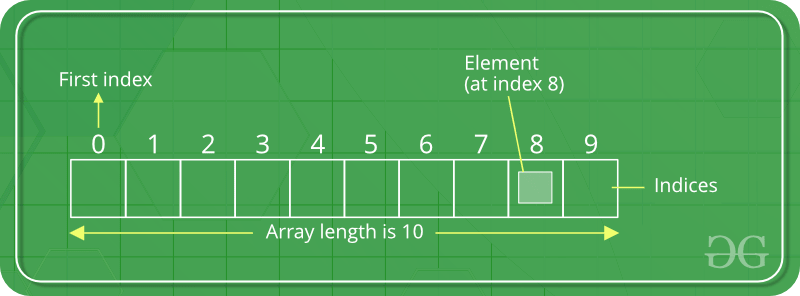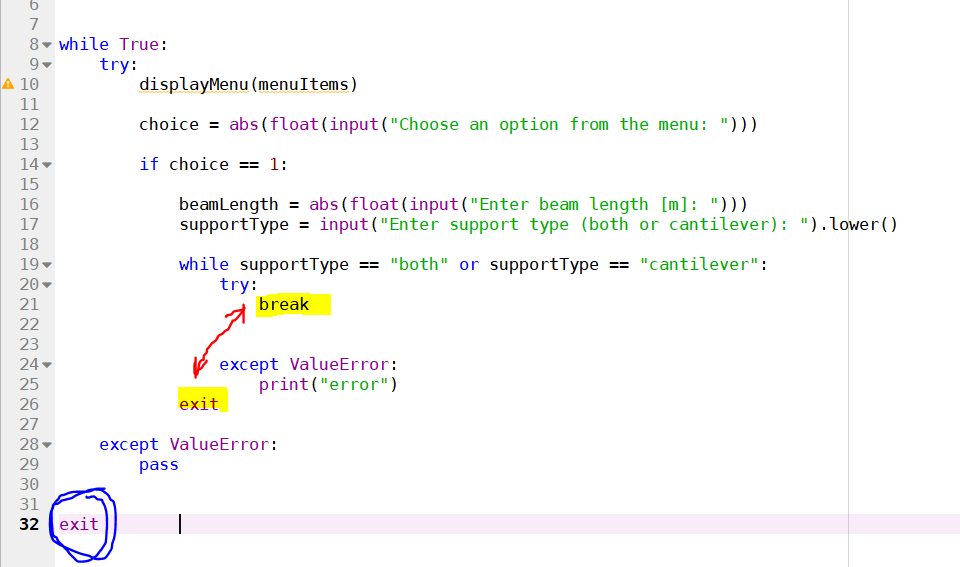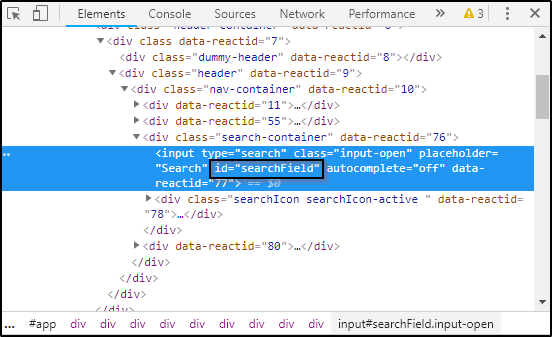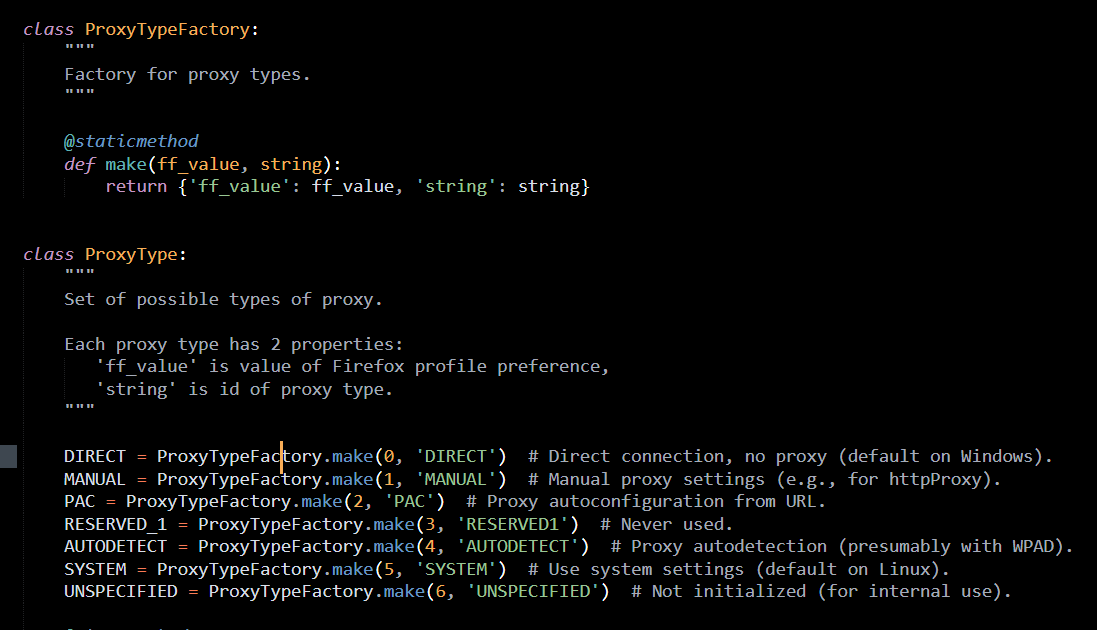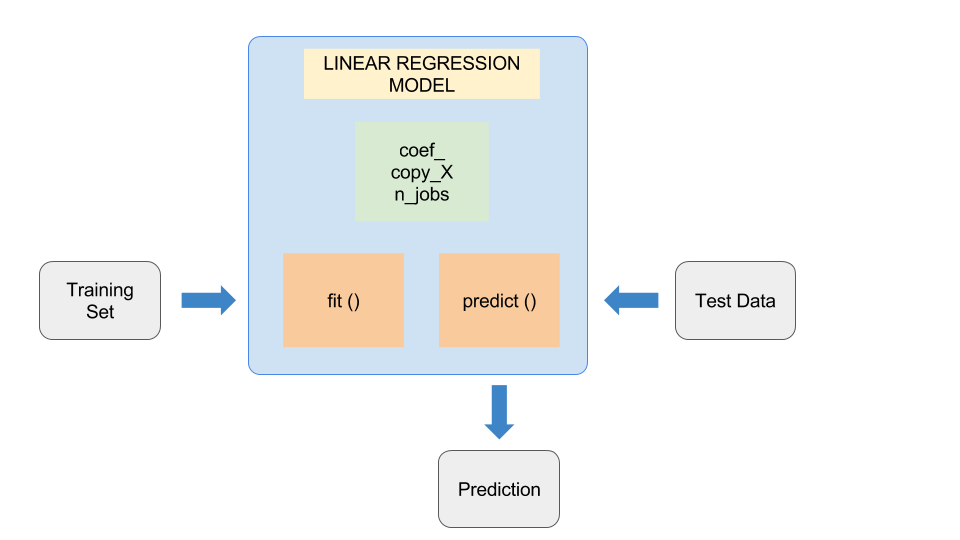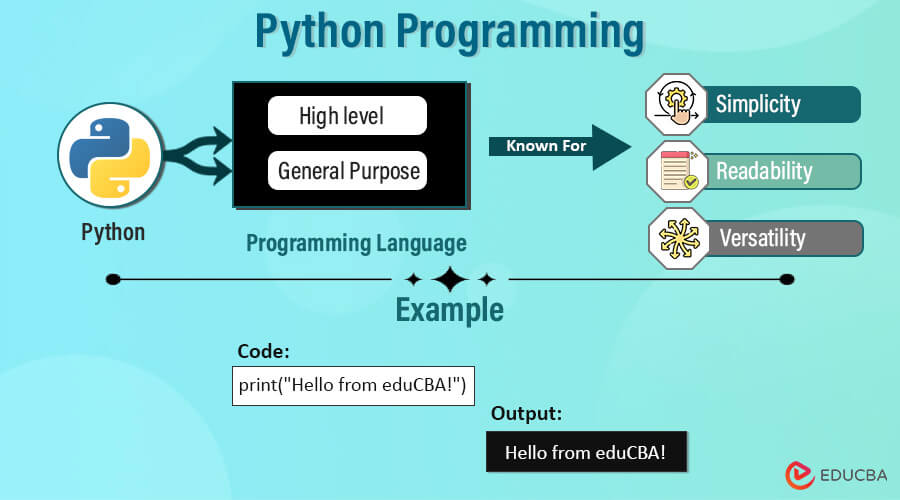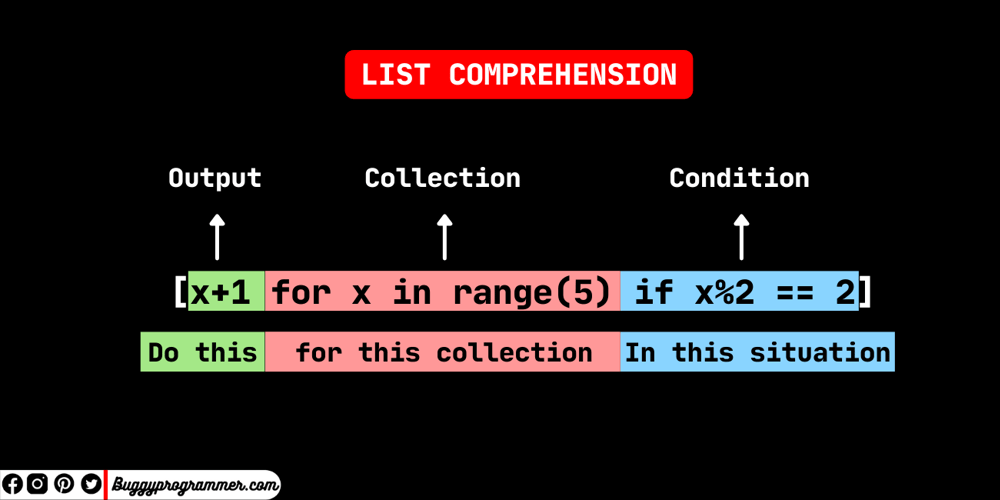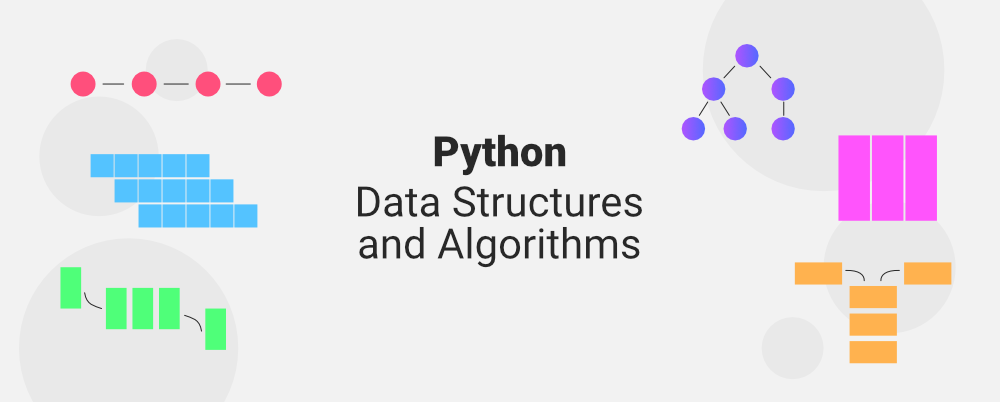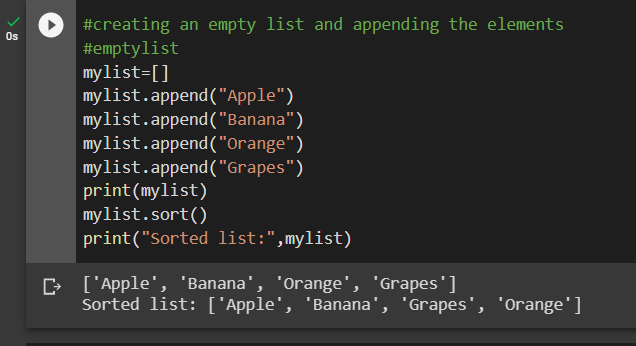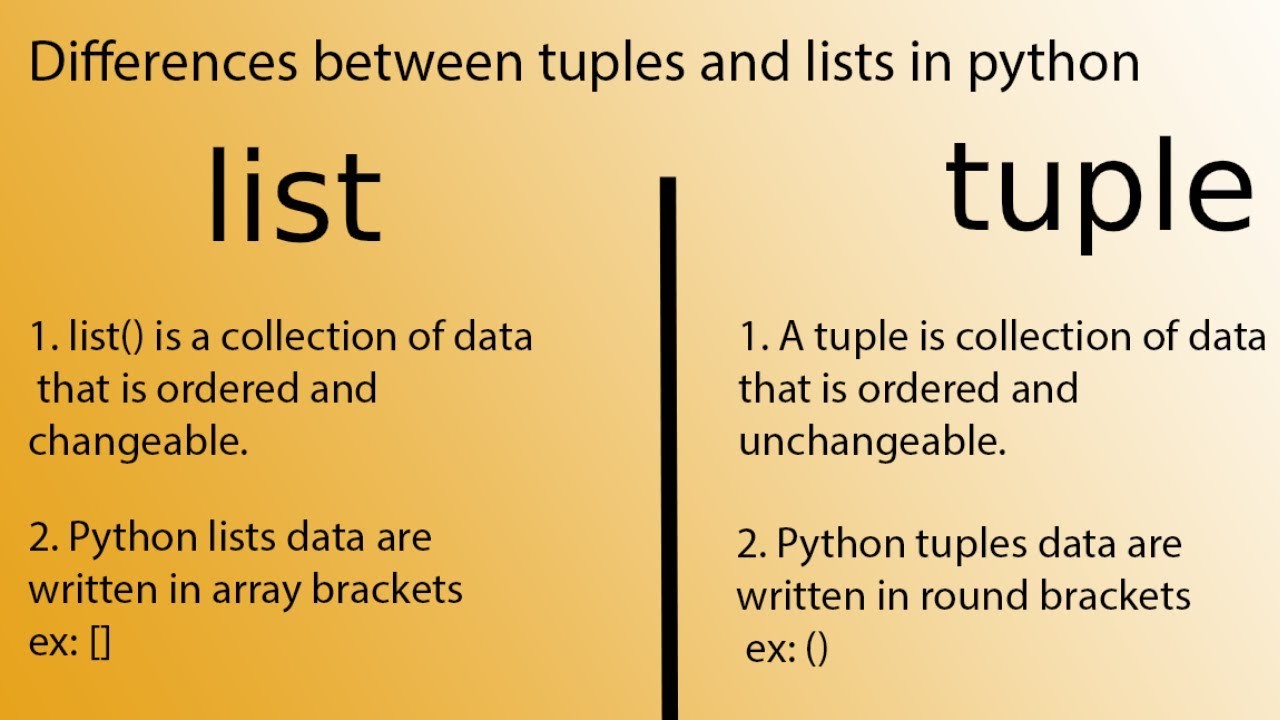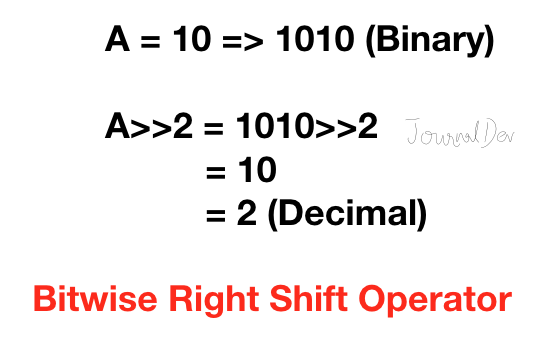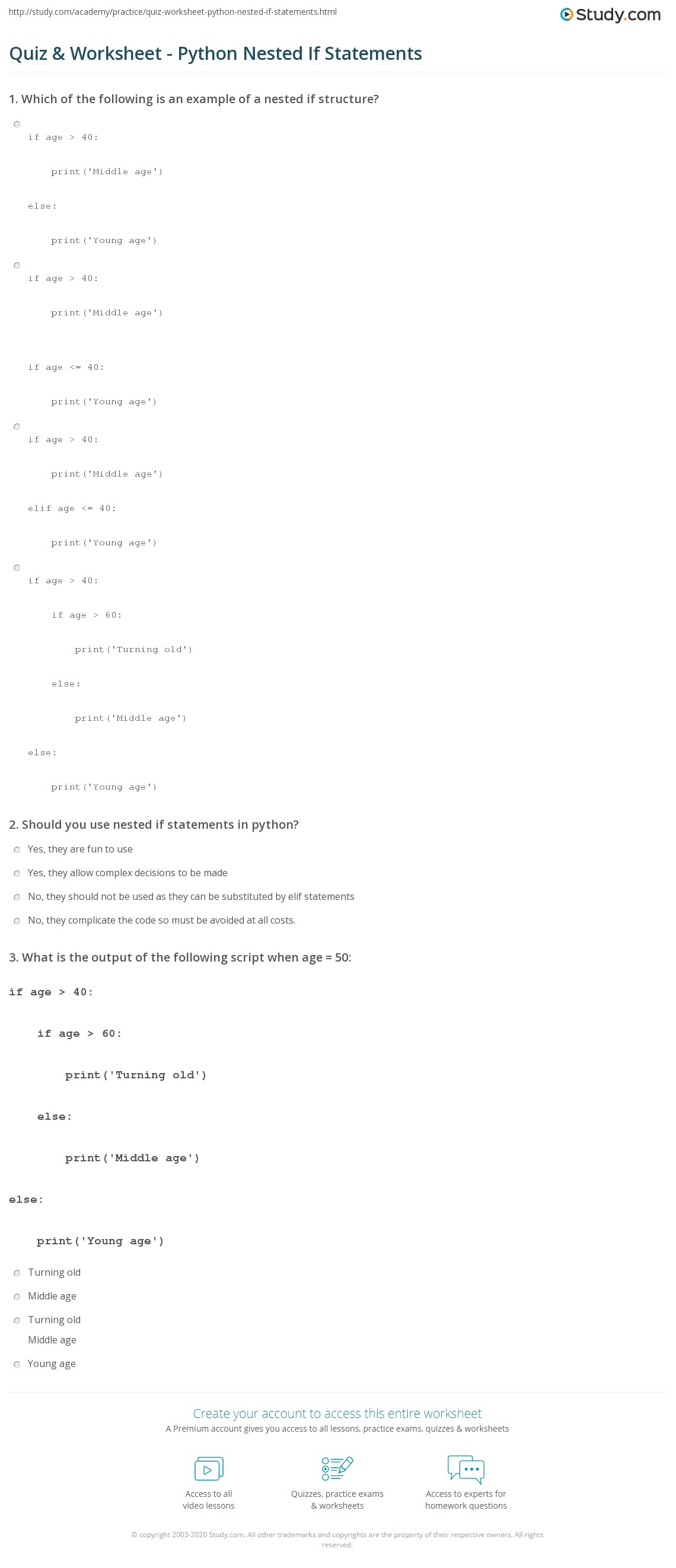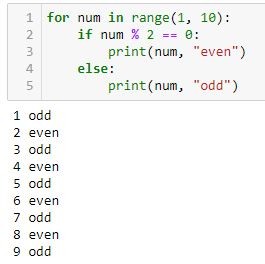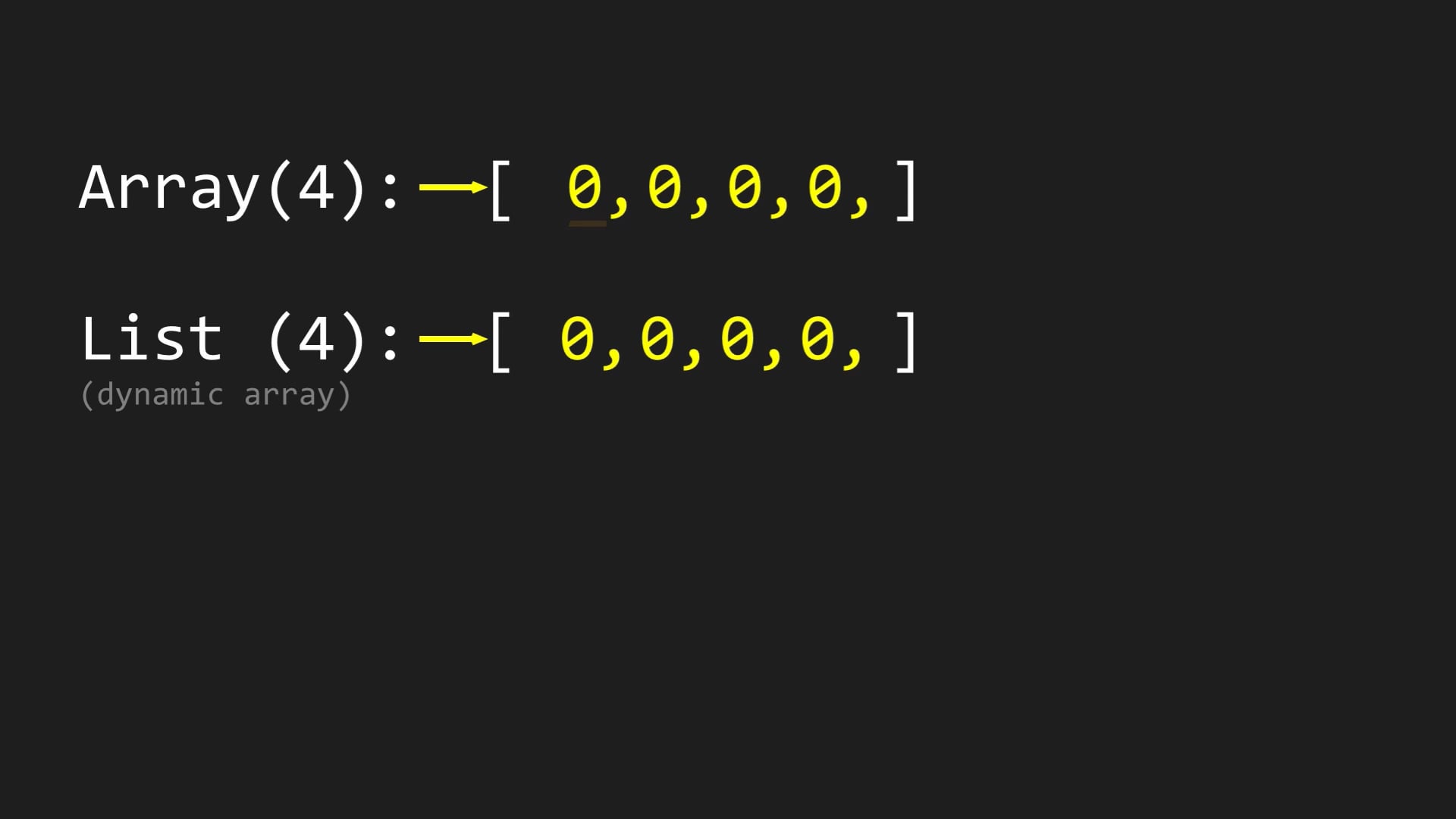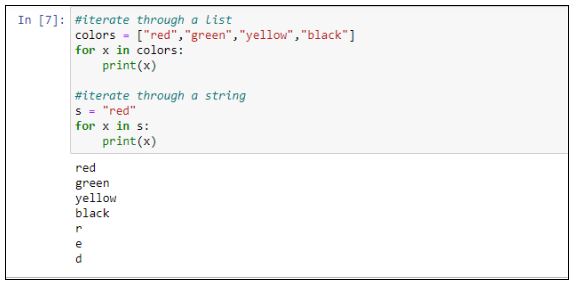What are context managers in Python?
What are context managers in Python?
Context managers! A crucial and often underappreciated feature of the Python programming language.
In Python, a context manager is an object that defines the runtime context for executing a block of code. This concept is closely related to the with statement, which is used to execute a block of code within a specific context. Think of it like renting a car: you take possession of the car (entering the context), use it (executing the code), and then return it (leaving the context).
To implement a context manager, you need to define two special methods:
__enter__: This method is called when entering the context. It should initialize any necessary resources or setup the environment for the code block. __exit__: This method is called when leaving the context. It should release any resources or clean up after the code block.
When you use a context manager with the with statement, Python takes care of calling these methods for you:
with my_context_manager() as resource:
Code block
This is equivalent to writing:
resource = my_context_manager()
try:
Code block
finally:
if hasattr(resource, 'exit'):
resource.exit()
Here's an example of a simple context manager that opens and closes a file:
class FileContextManager:
def init(self, filename):
self.filename = filename
def enter(self):
self.file = open(self.filename, 'r')
return self.file
def exit(self, exc_type, exc_val, exc_tb):
if self.file is not None:
self.file.close()
Usage
with FileContextManager('example.txt') as file:
Read from the file
print(file.read())
In this example:
The__enter__ method opens a file and returns it. The __exit__ method closes the file when you're done with it.
Using context managers can make your code more robust, readable, and maintainable. They're particularly useful for managing resources like files, connections, or locks, where you need to ensure that they're properly opened and closed.
Some best practices to keep in mind:
Make sure__enter__ initializes the context correctly. Use a try-finally block in __exit__ to release any resources that may not be released automatically (e.g., closing file descriptors). Consider raising an exception if the __exit__ method encounters an error.
In conclusion, context managers are a powerful feature of Python that help you write more effective and reliable code. By understanding how they work and applying best practices, you can take your programming skills to the next level!
python context manager decorator
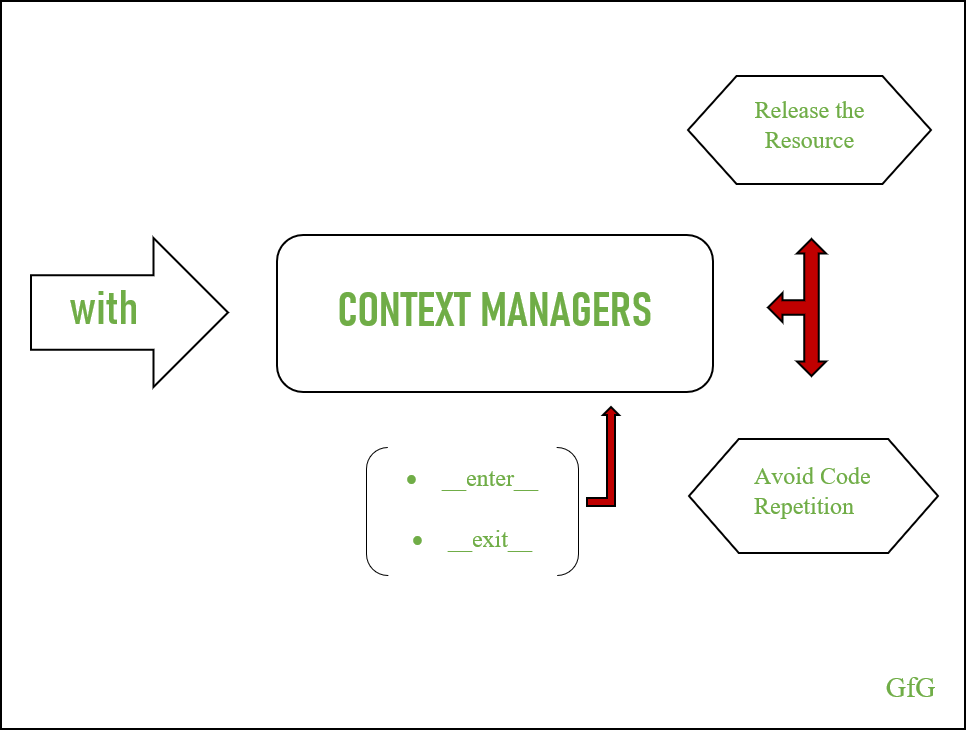
I'd be delighted to respond in English for this specific request.
Python Context Manager Decorator
A context manager is a crucial concept in Python programming that helps you manage resources such as files, network connections, or locks more effectively. A context manager is an object that defines the __enter__ and __exit__ methods, which are invoked at the beginning and end of a block of code respectively.
In this response, I will discuss how to create a Python context manager decorator, which wraps another function to provide additional functionality before or after its execution. This concept is often used in combination with the with statement, where you can guarantee that certain resources are cleaned up after use, even if an exception is raised within the block.
Let's start by creating a basic context manager. You'll need two methods: __enter__ and __exit__. The __enter__ method should return the object instance itself, while the __exit__ method should perform any necessary cleanup tasks.
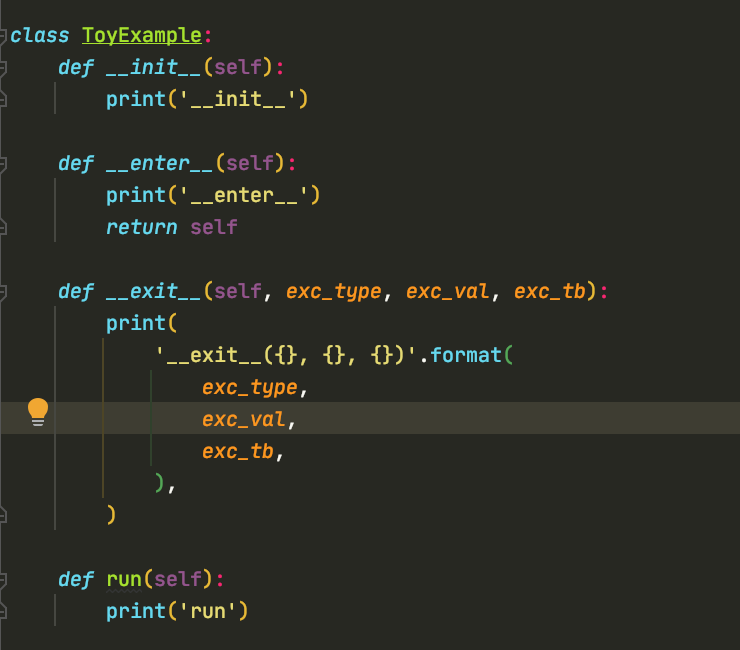
import time
class Timer:
def enter(self):
self.start_time = time.time()
return self
def exit(self, exc_type, exc_val, exc_tb):
self.end_time = time.time()
print(f"Elapsed time: {self.end_time - self.start_time} seconds")
Usage
with Timer():
time.sleep(2)
In this example, the Timer class serves as a context manager. When you use it with the with statement, Python calls the __enter__ method at the beginning of the block and the __exit__ method at the end. The timer keeps track of the time before entering and after leaving the block.
Now, let's create a decorator that uses this context manager to wrap another function. A decorator is a small, reusable piece of code that can modify or extend the behavior of another function without permanently changing it. Decorators are often used with higher-order functions (functions that take other functions as arguments) and callbacks.
Here's an example:
def timer_decorator(func):
def wrapper(*args, **kwargs):
with Timer():
return func(*args, **kwargs)
return wrapper
Usage
@timer_decorator
def my_function():
time.sleep(2)
print("Hello, World!")
my_function()
In this example, the timer_decorator function is a context manager that wraps another function. When you use it to decorate my_function, Python will automatically call the timer's __enter__ and __exit__ methods at the beginning and end of my_function. The decorator ensures that the timer is started before executing my_function and stopped after its completion.
In summary, this response has provided an overview of context managers in Python. We've explored how to create a basic context manager using the __enter__ and __exit__ methods and how to use it with the with statement. Additionally, we've discussed decorators and how they can be used with context managers to extend or modify the behavior of another function.

